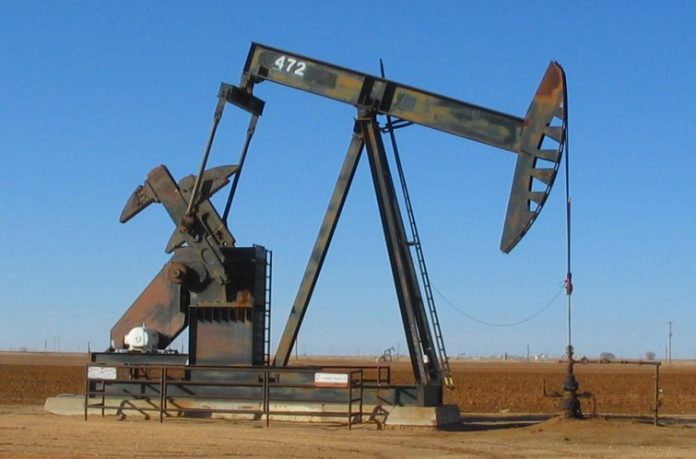
SINGAPORE: Oil prices fell by 1 percent on Monday after U.S. companies added rigs for the first time this year, a signal that crude output may rise further, and China, the world’s second-largest oil user, reported additional signs of an economic slowdown.
U.S. crude oil futures were at $53.13 per barrel at 0543 GMT, down 56 cents, or 1 percent, from their last settlement.
International Brent crude oil futures were at $61.03 a barrel, down 61 cents, or 1 percent.
High U.S. crude oil production, which rose to a record 11.9 million barrels per day (bpd) late last year, has been weighing on oil markets, traders said.
In a sign that output could rise further, U.S. energy firms last week raised the number of rigs looking for new oil for the first time in 2019 to 862, an additional 10 rigs, Baker Hughes energy services firm said in its weekly report on Friday.
Beyond oil supply, a key question for this year will be demand growth.
Oil consumption has been increasing steadily, likely averaging above 100 million bpd for the first time ever in 2019, driven largely by a boom in China.
However, an economic slowdown amid a trade dispute between Washington and Beijing is weighing on fuel demand-growth expectations.
Earnings at China’s industrial firms shrank for a second straight month in December on sluggish factory activity, piling more pressure on the world’s second-largest economy, which reported the slowest pace of growth last year since 1990.
China is trying to stem the slowdown with aggressive fiscal stimulus measures.
But there are concerns that these measures may not have the desired effect as China’s economy is already laden with massive debt and some of the bigger government spending measures may be of little real use.
The increased U.S. supply, the country is now the world’s largest oil producer, and the economic slowdown are weighing on the oil price outlook.
The Organization of the Petroleum Exporting Countries (OPEC), de-facto led by Saudi Arabia, started supply cuts late last year to tighten markets and buoy prices.






